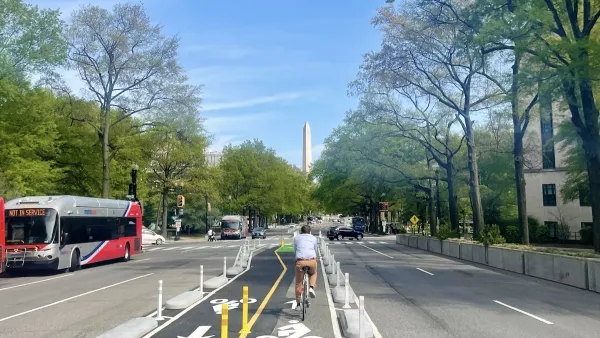As architects and planners seek to create sustainable buildings and cities, some scientists suggest looking at the intricate home-building of insects.
Termite mounds, for example, are almost like tiny, self-contained cities.
"Unlike termites and other nest-building insects, we humans pay little attention to making buildings fit for their environments. 'We can develop absurd architectural ideas without the punishment of natural selection,' says architect Juhani Pallasmaa of the Helsinki University of Technology in Finland. As we wake up to climate change and resource depletion, though, interest in how insects manage their built environments is reawakening. It appears we have a lot to learn.
'The building mechanisms and the design principles that make the properties of insect nests possible aren't well understood,' says Guy Théraulaz of the CNRS Research Centre on Animal Cognition in Toulouse, France. That's not for want of trying. Research into termite mounds kicked off in the 1960s, when Swiss entomologist Martin Lüscher made trailblazing studies of nests created by termites of the genus Macrotermes on the plains of southern Africa. It was he who suggested the chaotic-looking mounds were in fact exquisitely engineered eco-constructions."
FULL STORY: For sustainable architecture, think bug

Maui's Vacation Rental Debate Turns Ugly
Verbal attacks, misinformation campaigns and fistfights plague a high-stakes debate to convert thousands of vacation rentals into long-term housing.

Planetizen Federal Action Tracker
A weekly monitor of how Trump’s orders and actions are impacting planners and planning in America.

In Urban Planning, AI Prompting Could be the New Design Thinking
Creativity has long been key to great urban design. What if we see AI as our new creative partner?

Portland Raises Parking Fees to Pay for Street Maintenance
The city is struggling to bridge a massive budget gap at the Bureau of Transportation, which largely depleted its reserves during the Civd-19 pandemic.

Spokane Mayor Introduces Housing Reforms Package
Mayor Lisa Brown’s proposals include deferring or waiving some development fees to encourage more affordable housing development.

Houston Mayor Kills Another Bike Lane
The mayor rejected a proposed bike lane in the Montrose district in keeping with his pledge to maintain car lanes.
Urban Design for Planners 1: Software Tools
This six-course series explores essential urban design concepts using open source software and equips planners with the tools they need to participate fully in the urban design process.
Planning for Universal Design
Learn the tools for implementing Universal Design in planning regulations.
Gallatin County Department of Planning & Community Development
Heyer Gruel & Associates PA
JM Goldson LLC
City of Camden Redevelopment Agency
City of Astoria
Transportation Research & Education Center (TREC) at Portland State University
Jefferson Parish Government
Camden Redevelopment Agency
City of Claremont




























